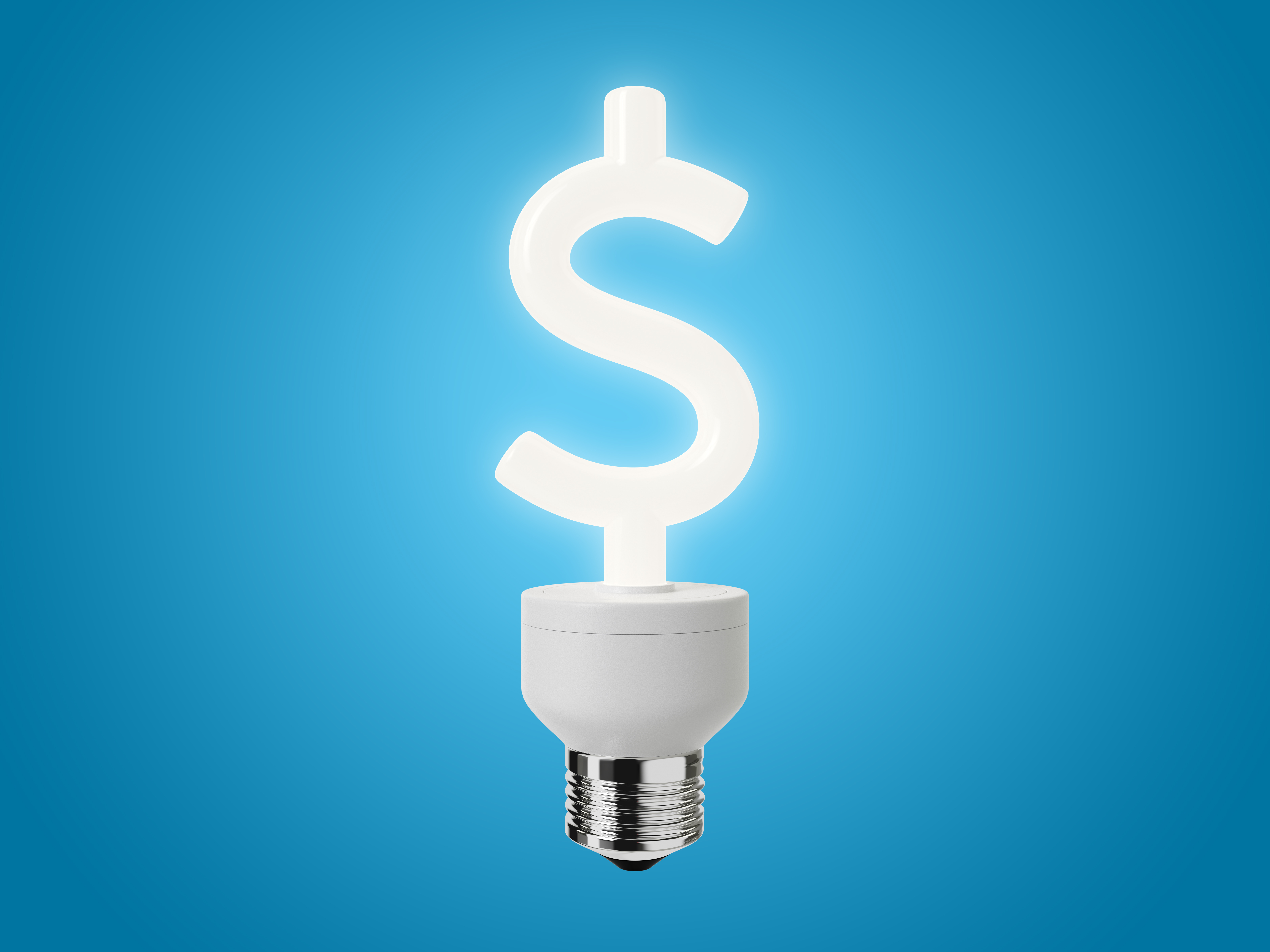Efficient and ZNE-Ready Plug Loads
Strategies for Efficient and Zero Net Energy Plug Load Devices
Lawrence Berkeley National Laboratory
Recipient
Berkeley, CA
Recipient Location
9th
Senate District
14th
Assembly District
$1,600,000
Amount Spent
Completed
Project Status
$1,600,000
Award Amount
$495,000
Co-funded Amount
EPC-15-024
Agreement Number
-
Project Term
Berkeley, CA
Site Location(s)
Copy Project Link
Follow Project
Project Result
This project developed technologies to reduce standby power use to near zero watts. Burst mode, sleep transistors, wake-up radio, energy harvesting and storage combinations appear most promising for zero standby power. Coordinated improvements in efficiency, energy harvesting and energy storage will be best strategy to achieve zero standby power use. DC connected loads can be designed to connect directly to DC distribution, thus providing higher efficiency at lower cost. Networks of DC-powered devices can provide other benefits, such as resiliency during power outages. A unique category of energy using devices was identified that provide life safety, health and security to building occupants. The findings of the research were marketed to California based plug load devices manufacturers, as well as to the Energy Commission appliance standards office.
View Final ReportThe Issue
Plug load devices require the conversion of grid power from alternating current (AC) to direct current (DC) and these devices spend long periods of time in standby mode, creating inefficiency in current plug load devices. There is a need for energy efficient plug load technologies and strategies to reduce electrical consumption.
Project Innovation
This project researches and develops new technologies and strategies to eliminate or significantly reduce energy use in standby mode by redesigning the power supply for plug load devices. This project also develops and demonstrates strategies to remove plug load devices from grid AC power by redesigning these devices to use DC power from photovoltaic power sources.
Project Benefits
Standby power use is the electricity consumed by almost every electrical consumer device plugged in to an electrical outlet. Standby power is responsible for about 3 to 16 percent of residential electricity use. Earlier reductions in standby energy use by single devices have been offset by the growth in the number of devices having standby power use. This project is developing methods to reduce standby power use to zero or near zero. Saving 1 watt corresponds to 8.8 kWh/yr or about $1.50 per device. Developing an innovative family of zero-standby technology solutions and will enable the next generation of electrical devices to draw zero standby power while providing the full range of functionality that are desired by consumers.

Affordability
Implementation of the recommendations could lower the cost of electricity to the consumer by an estimated $750 million per year through the elimination of standby power and electrical losses from converting DC to AC.

Environmental Sustainability
Implementation of the recommendations has the potential to reduce energy use up to 5,100 GWh/year, resulting in the estimated reduction of 1.2 million metric tons of CO2e.
Key Project Members

Alan Meier
Subrecipients

Belkin Internatiional, Inc.

Match Partners

Lawrence Berkeley National Laboratory

EMerge Alliance

Power Integrations

Delta Electronics



